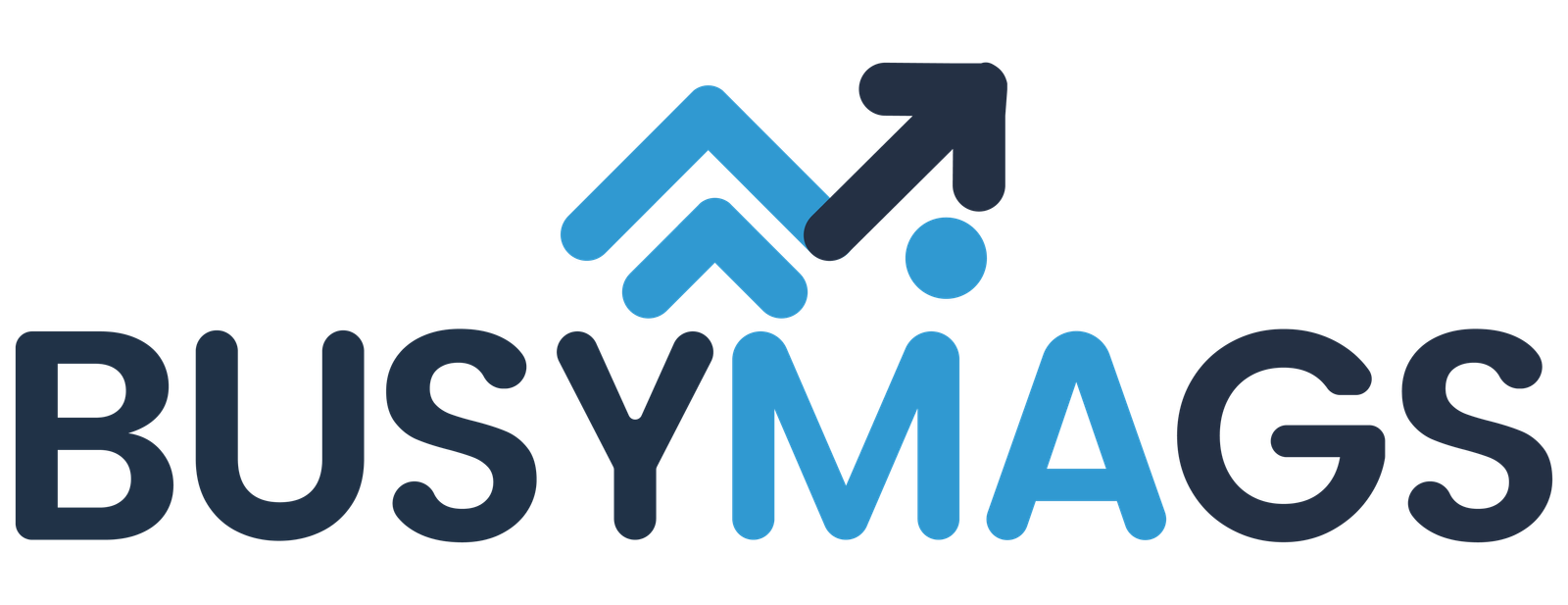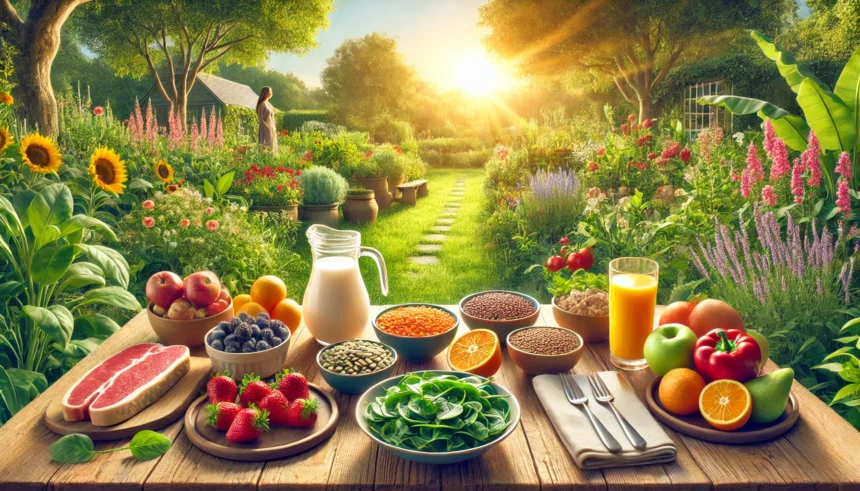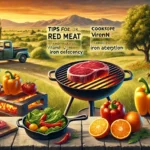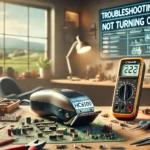Iron deficiency is a common concern among women, often leading to fatigue, weakness, and a range of other health issues. Ensuring your diet includes sufficient iron is essential for maintaining energy levels and overall health. This article presents a comprehensive one day meal plan for a woman with iron deficiency, helping you naturally boost your iron intake with simple and delicious foods. If you’re struggling with iron deficiency or simply want to optimize your nutrition, this meal plan is a great starting point.
Understanding Iron Deficiency in Women
Iron deficiency occurs when the body doesn’t have enough iron to produce hemoglobin, the protein in red blood cells responsible for transporting oxygen. Women are at higher risk due to factors like menstruation, pregnancy, and breastfeeding.
Common symptoms of iron deficiency include:
- Fatigue or feeling weak
- Pale skin
- Shortness of breath
- Headaches and dizziness
- Cold hands and feet
If left untreated, iron deficiency can lead to anemia, affecting energy levels and overall well-being.
Types of Iron: Heme vs. Non-Heme
Iron comes in two main forms: heme iron and non-heme iron.
- Heme iron: is found in animal products such as meat, poultry, and fish. This form of iron is more easily absorbed by the body.
- Non-heme iron: is found in plant-based foods like legumes, tofu, and leafy greens. While the body absorbs it less efficiently, it can still be highly beneficial when paired with the right foods.
Including both types of iron in your diet helps ensure you’re getting the nutrients you need for healthy blood and energy levels.
The Role of Vitamin C in Iron Absorption
Vitamin C plays a crucial role in enhancing the absorption of non-heme iron. When you consume foods rich in both iron and vitamin C, your body can absorb up to four times more iron. Foods high in vitamin C include citrus fruits, bell peppers, strawberries, and broccoli.
Best ways to combine vitamin C with iron:
- Add bell peppers or citrus fruits to your leafy greens.
- Drink orange juice with meals that include plant-based iron sources.
- Use lemon juice or vinegar as a dressing for iron-rich salads.
Key Components of an Iron-Rich Meal Plan
To help combat iron deficiency, it’s essential to create meals that include a balance of heme and non-heme iron. Here are some iron-rich foods to incorporate into your meals:
- Heme Iron Sources: Chicken, turkey, beef, pork, fish.
- Non-Heme Iron Sources: Spinach, lentils, chickpeas, beans, quinoa, tofu, fortified cereals.
- Vitamin C-Rich Foods: Citrus fruits, strawberries, tomatoes, bell peppers, broccoli.
Foods to avoid or limit: Caffeine, dairy, and high-calcium foods can interfere with iron absorption, so it’s best to consume them separately from iron-rich meals.
One Day Meal Plan for a Woman with Iron Deficiency
Here’s a simple and effective one day meal plan for a woman with iron deficiency. Each meal combines a variety of iron-rich foods with vitamin C to maximize absorption.
Breakfast: Scrambled Eggs with Spinach and Whole Grain Toast
- Why it works: Eggs are an excellent source of heme iron, and spinach provides non-heme iron. Pairing them with whole grain toast adds fiber and a bit more iron.
- Add Vitamin C: Serve with a small glass of orange juice for the vitamin C boost.
Snack: Apple with Almonds
- Why it works: Apples are high in vitamin C, which enhances the absorption of iron from almonds, which are rich in non-heme iron.
- Add Vitamin C: Pair with almonds for a satisfying and iron-rich snack.
Lunch: Grilled Chicken Salad
- Why it works: Grilled chicken provides heme iron, while leafy greens like kale or arugula offer non-heme iron. Adding bell peppers and tomatoes boosts the vitamin C content, helping your body absorb the iron.
- Add Vitamin C: A lemon vinaigrette dressing will complement the salad and enhance iron absorption.
Afternoon Snack: Hummus with Carrot Sticks
- Why it works: Hummus made from chickpeas is rich in non-heme iron, and carrots provide vitamin C, further supporting iron absorption.
- Add Vitamin C: Carrot sticks are a simple and delicious way to enhance your iron intake.
Dinner: Lentil and Quinoa Bowl with Roasted Vegetables
- Why it works: Lentils and quinoa are excellent plant-based sources of iron. Roasted vegetables like sweet potatoes, bell peppers, and broccoli contribute additional iron and vitamin C.
- Add Vitamin C: Roasting vegetables with a bit of lemon juice can add flavor and vitamin C to the meal.
Iron Supplements vs. Food Sources
While food is the best way to boost iron levels naturally, some people may require supplements, especially if their iron deficiency is severe.
Pros of food-based iron:
- More sustainable and natural.
- Foods contain other essential nutrients that enhance overall health.
- Better absorbed when paired with vitamin C.
Pros of supplements:
- Quick and effective solution for more severe deficiencies.
- Can be taken in controlled dosages.
However, always consult with a healthcare provider before taking supplements to determine the appropriate type and dosage.
Additional Tips for Managing Iron Deficiency
- Cooking with cast-iron cookware can increase the iron content of your food, especially when cooking acidic foods like tomatoes.
- Avoid drinking coffee or tea with meals, as these beverages contain compounds that can inhibit iron absorption.
- Regularly check your iron levels with your healthcare provider to monitor progress and adjust your diet accordingly.
Conclusion
Managing iron deficiency is achievable with the right diet. By incorporating a variety of iron-rich foods, balancing heme and non-heme iron, and pairing them with vitamin C to enhance absorption, women can effectively boost their iron levels. Following a well-designed one day meal plan for a woman with iron deficiency is a great way to start. If you suspect iron deficiency, it’s important to consult with a healthcare provider for personalized advice and treatment options, ensuring that your dietary changes are helping you achieve the best results.
Frequently Asked Questions (FAQs)
What is an iron deficiency meal plan for women?
An iron deficiency meal plan for women focuses on foods rich in heme and non-heme iron, combined with vitamin C to enhance iron absorption, helping boost iron levels naturally.
How can I boost iron intake in one day?
You can boost iron intake in one day by including iron-rich foods like lean meats, leafy greens, lentils, and pairing them with vitamin C-rich foods like citrus fruits to enhance absorption.
What are the best foods for a woman with iron deficiency?
For women with iron deficiency, the best foods include spinach, chicken, quinoa, lentils, fortified cereals, and vitamin C-rich fruits like oranges and bell peppers.
Can I get enough iron from a plant-based diet?
Yes, a plant-based diet can provide enough iron by including foods like lentils, chickpeas, tofu, and spinach, paired with vitamin C to improve iron absorption.
How long does it take to correct iron deficiency with food?
It may take several weeks to a few months to correct iron deficiency through diet, depending on the severity, with regular monitoring by a healthcare provider.
Recommended Article:
Purdue Medical Assistant Program Cost: A Complete Guide
Jennifer Haynes NPI SC: Your Trusted Healthcare Provider in South Carolina
